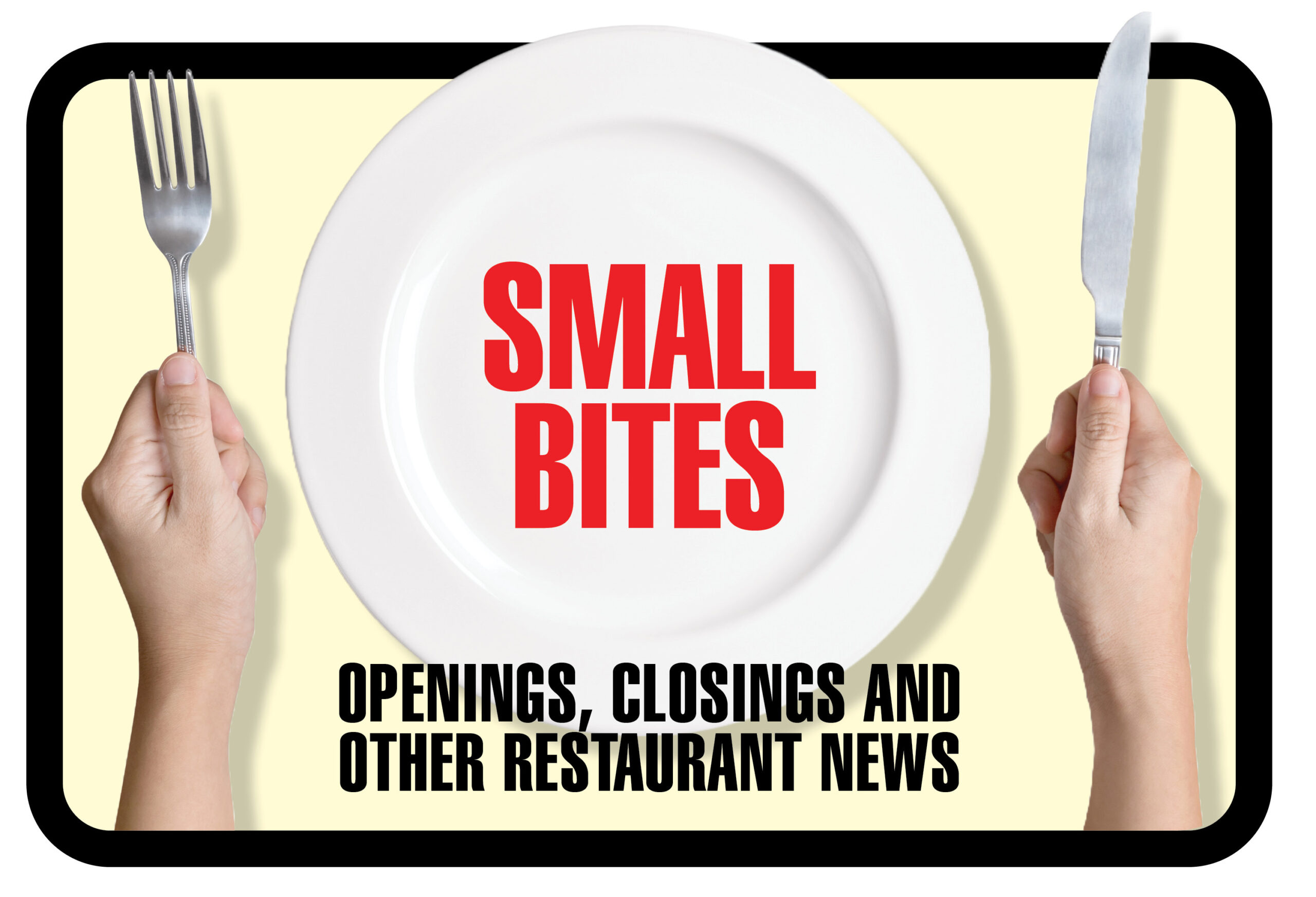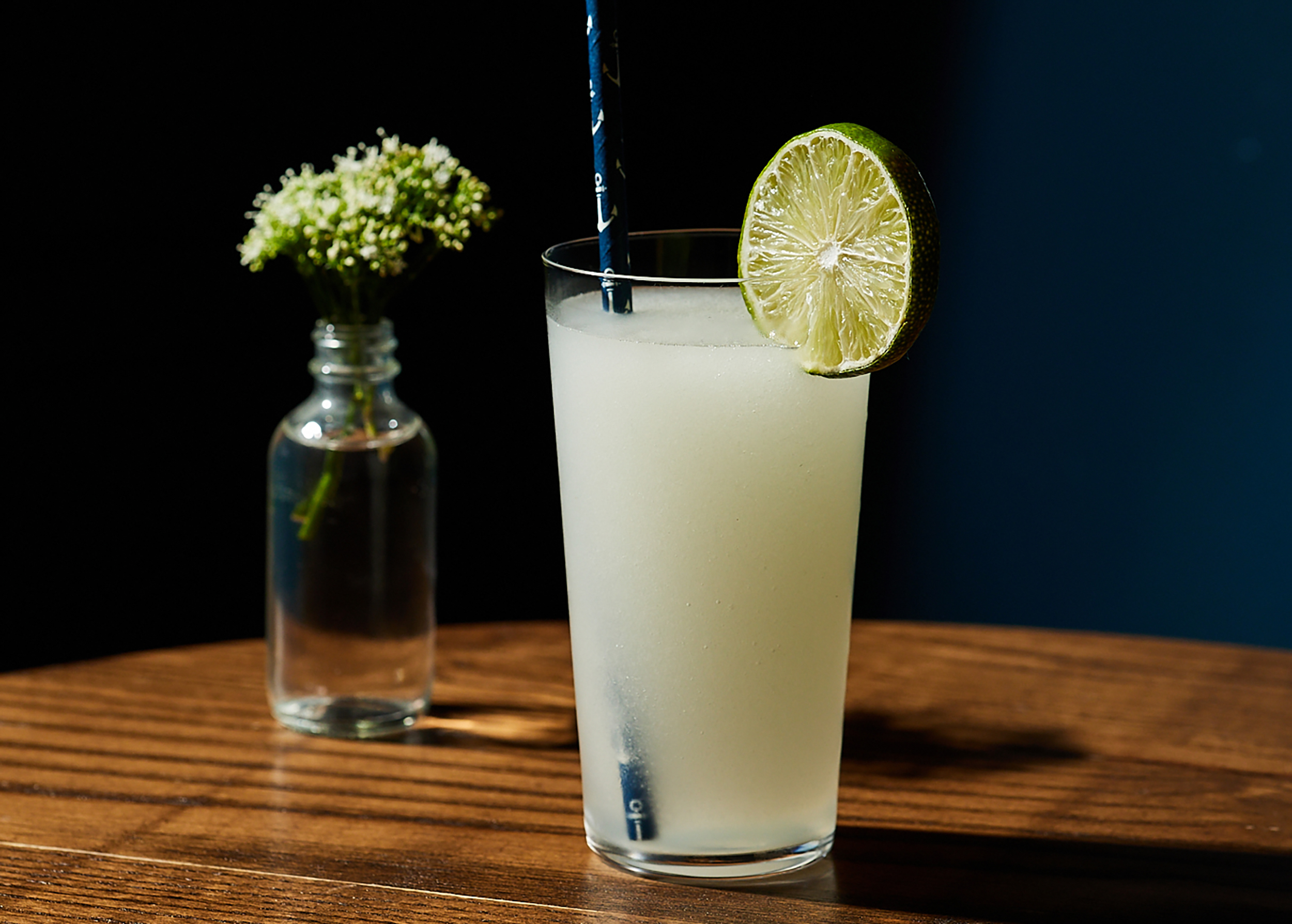Photography was just beginning when the first California gold was discovered in 1848. As eager prospectors swarmed in search of wealth, early photographers trailed behind them selling them small photo portraits known as “daguerreotypes.” They didn’t know it at the time, but their work made the California Gold Rush the first major event to be widely documented by photos. Now, the Nelson-Atkins Museum of Art celebrates that history with its new daguerreotype exhibit, “Golden Prospects.”
The museum took a special interest in the early photos, regularly acquiring them through dealers, auction houses and private collectors since the mid-1990s.
“For most of our shows, we start with our permanent collection, and the Nelson has one of the best collections of American daguerreotypes, probably, in the world,” curator Jane Aspinwall says.
As the earliest form of photography, daguerreotypes were invented in France in 1839 and made their way to the United States only a few months after their invention. They were formed on a sheet of copper and developed in a dark room over poisonous mercury fumes, sometimes leading to mad hatter disease. The result of this process was a small image plated with polished silver, which resembles a tiny mirror.
Although “Golden Prospects” draws pieces from galleries like The Art Institute of Chicago and the National Gallery of Canada, the Nelson-Atkins’ own holdings make up 75 percent of the show.
“Most of them are meant to be held by you for a very personal experience,” Aspinwall says. “It kind of reflects you, in effect.”
Although daguerreotypes were largely portrait work, photographers often ventured into mine fields in an attempt to draw in and fully capture their subjects. As daguerreotypists captured these individuals and their surroundings, they also inadvertently tracked years of transformation in the American West. The population of San Francisco and Sacramento soared as scrappy gold towns rose and fell when rich veins were tapped out. Mining technology rapidly progressed from picks, pans and shovels to large operations that stripped down hillsides with “environmentally devastating” consequences. California grew considerably more diverse as people from around the world flocked there.
Combing through dozens of daguerreotypes, Aspinwall was able to curate an ambitious yet intimate tour of how art and history of the time mingled.
“I always start with what we’re looking at in the picture itself and organize the exhibition thematically,” she says. “You begin with this journey into California in January of 1848, through the transition to paper photography around 1860.”
GO: Nelson-Atkins Museum of Art, 4525 Oak St., Kansas City, Mo. Show runs Sept. 6–Jan. 26. Free. nelson-atkins.org. Aspinwall will lead tours through the exhibit on Sept. 19 and Oct. 24.
Visual Arts Picks:
1. Hew Locke: Here’s the Thing brings a comprehensive exhibition of the prolific British artist’s work to the Kemper Museum. Largely influenced by his childhood in the South American nation of Guyana, Locke’s work explores postcolonial power and the symbols that different cultures use to assert power. His work is on display in various mediums including painting, sculpture and drawing. Kemper Museum of Contemporary Art, 4420 Warwick Blvd., Kansas City, Mo. Show runs Sept. 12–Jan. 19, 2020. Free. kemperart.org.
2. The Nelson-Atkins’ new Access + Ability exhibition explores how design interacts with new technology to help accessibility. From products that help with daily routines to sensors that stabilize Parkinson’s disease tremors, over 70 user-centered inventions will be on display. Nelson-Atkins Museum of Art, 4525 Oak St., Kansas City, Mo. Show runs Oct. 19–Feb. 9, 2020. Free. nelson-atkins.org.
3. Kemper Museum is partnering with the Charlotte Street Foundation to celebrate recent visual artist award recipients. Highlights include work by traveling photographer Megan Pobywaljo, Fatimah Tugger’s tech-focused multidisciplinary art and recent Charlotte Street fellow Boi Boy’s interdisciplinary work. Kemper Museum of Contemporary Art, 4420 Warwick Blvd., Kansas City, Mo. Show runs Oct. 3–Jan. 26. Free. kemperart.org.
4. Amy Cousins’ work focuses on rare protest materials and radical social movements. The sculptures and lithographs on display draw on her interest in the spirit and creativity of queer people confronting persecution. Lawrence Arts Center, 940 New Hampshire St., Lawrence, Kan. Show runs Sept. 20–Oct. 19. Free. lawrenceartscenter.org.
5. Learn about toy history from the professionals at the National Museum of Toys and Miniatures’ Meet the Experts series. This fall’s topics include the 1950s Dolls for Democracy diversity initiative and the cultural impact of theatrical playthings. The National Museum of Toys and Miniatures, 5235 Oak St., Kansas City, Mo. Series runs Oct. 13–Nov. 10. 2–3 pm. Free with admission. toyandminiaturemuseum.org.





